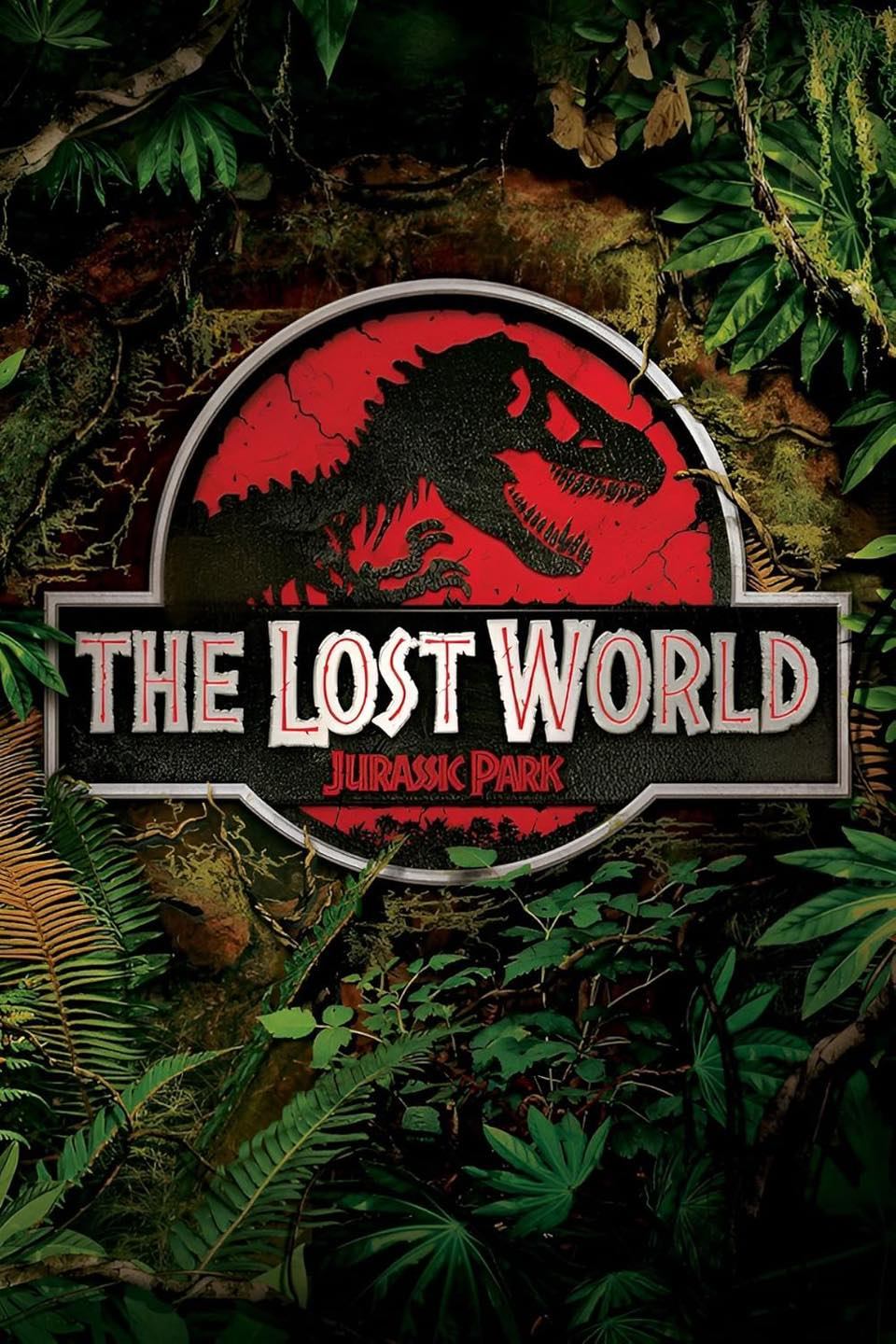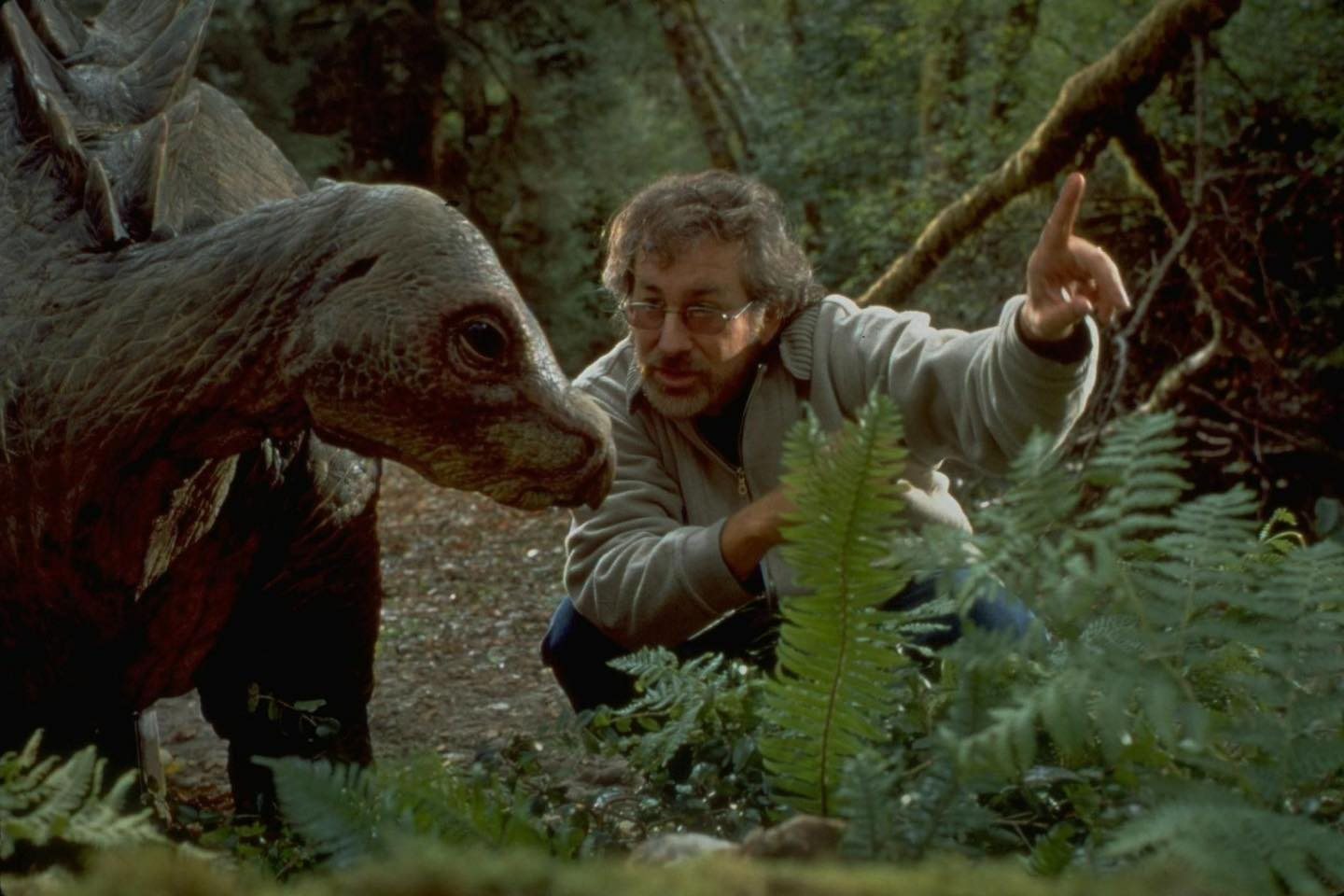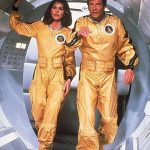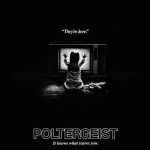The Lost World: Jurassic Park (1997)

In 1997, Steven Spielberg once again captivated audiences with his masterful storytelling and groundbreaking visual effects in “The Lost World: Jurassic Park,” a thrilling sequel to the original blockbuster, “Jurassic Park.” Based on Michael Crichton’s novel of the same name, this film takes viewers back into the world of dinosaurs, where adventure, danger, and ethical dilemmas intertwine in an unforgettable journey.
Plot Overview
Set four years after the events of the first film, “The Lost World: Jurassic Park” transports us to Isla Sorna, a previously uncharted island also known as Site B. While the first film focused on the disastrous attempts to create a dinosaur theme park, this sequel dives deeper into the implications of genetic engineering and the consequences of man’s ambition.
The story follows a team led by paleontologist Dr. Ian Malcolm (played by Jeff Goldblum), who is recruited to return to Isla Sorna after learning that InGen, the company behind Jurassic Park, is planning to capture dinosaurs and transport them to a new theme park in San Diego. Alongside Malcolm are his girlfriend Sarah Harding (Julianne Moore) and a young photographer, Eddie Carr (Vince Vaughn). They aim to document the dinosaurs in their natural habitat, hoping to prevent another catastrophic exploitation of these prehistoric creatures.
However, the expedition quickly turns perilous as they encounter various species of dinosaurs, including the terrifying Tyrannosaurus rex and cunning Velociraptors. Meanwhile, a group of mercenaries, led by Peter Ludlow (archetypally portrayed by Arliss Howard), seeks to capture the dinosaurs to bring them back to America, leading to intense confrontations and breathtaking action sequences.
Visual Effects and Cinematic Achievements
One of the most striking features of “The Lost World: Jurassic Park” is its stunning visual effects. Building on the groundbreaking achievements of the first film, the sequel employs state-of-the-art CGI and animatronics to bring dinosaurs to life in a way that continues to astonish audiences even decades later. From the epic scenes of dinosaurs in their natural habitats to heart-stopping moments of survival, Spielberg’s direction ensures a perfect blend of realism and thrill.

Themes and Ethical Questions
Beyond its spectacular action and visual effects, “The Lost World: Jurassic Park” raises significant questions about ethics and the responsibilities of scientific advancement. The film explores themes such as the consequences of playing god through genetic manipulation, the ethical treatment of living beings, and the unpredictability of nature. These thought-provoking questions resonate with viewers, making the film not just an adventure but also a commentary on human behavior and ambition.
Legacy and Impact
“The Lost World: Jurassic Park” solidified the franchise’s place in pop culture and paved the way for further sequels and spin-offs. While it received mixed reviews compared to its predecessor, the film still garnered a loyal fanbase and has been recognized for its daring approach to storytelling and visual innovation.

Conclusion
In conclusion, “The Lost World: Jurassic Park” remains a landmark in the world of cinematic adventures, expertly combining action, suspense, and deep philosophical inquiries. Whether you’re a longtime fan of the franchise or discovering it for the first time, this film promises an exhilarating journey back to a world where dinosaurs roam once more, igniting the imagination and sparking discussions about the nature of science and its impact on our world.











